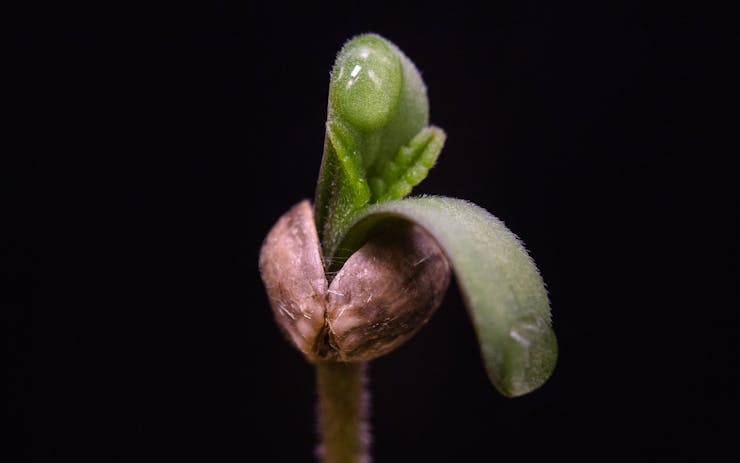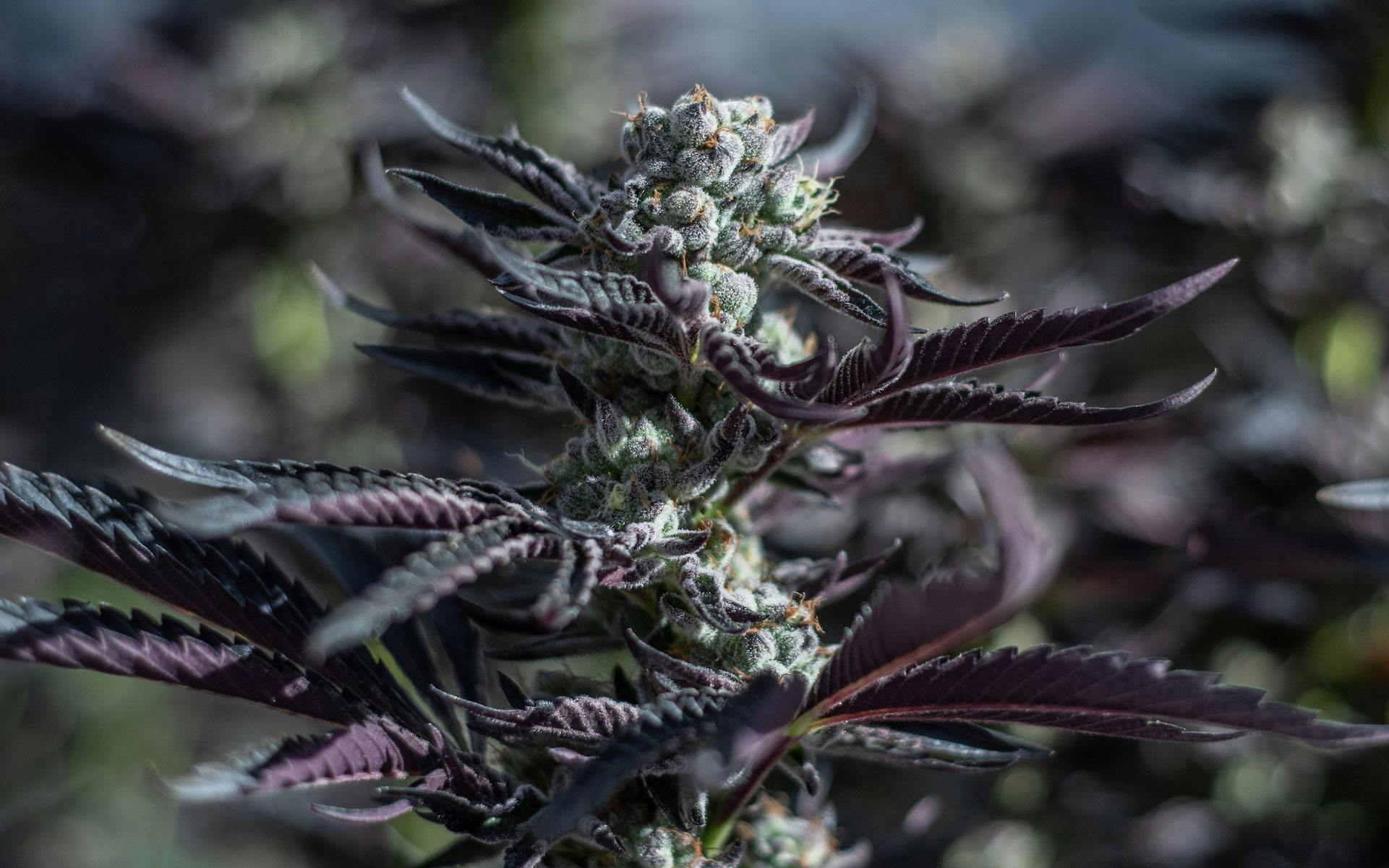It can be hard enough to decide what strain to purchase or grow yourself, so can you imagine the pressure of doing so for a large scale cannabis operation?
For the uninitiated, strains are not one-size-grows-all by any stretch of the imagination. Cultivators who produce flower for your local dispensary need to put a lot of deliberation into the process. Tossing dead plants when things go awry is something a big commercial grow simply cannot afford to do.
Temperature, humidity, pests, light availability, and lots of other factors can trash a grow, and commercial farmers have to know every detail while still providing big yields. It’s a lot more than just making a basic cannabis bonsai like the rest of us beginners.
We spoke with four growers about which strains get the job done of getting you high. Getting an inside peek into how some of today’s powerhouse cannabis companies pick their genetics for efficiency and fragrance is valuable advice for hobby growers, consumers, and anyone else with a passing interest in the plant.
Aster Farms goes for tropical expressions
Strain selection can often come down to climate and terroir, especially with sun grown operations. Aster Farms, a popular Lake County, California, cultivator, has a high elevation coupled with less humidity: In terms of weed, the low moisture atmosphere can help cannabis thrive in cold nights, with lower chances of mold and frost, which are certain weed killers.
Aster Farms’ CEO Julia Jacobson says this lets them aim for tropical sativas that typically don’t perform well in California weather, and that the terpene content is heavily influenced by the operation’s live soil techniques, which create fungal networks that some growers swear by.
“Since our climate is higher and drier, we are able to grow less hardy and longer-taking varietals—sativas and more tropical strains like White Widow. Therefore, we have the advantage of being able to select strains based on our product portfolio and desired effects, not having to worry about climate,” she says.
Paradiso Gardens prefers a proprietary strain to achieve scale
Founder and CEO of Paradiso Gardens Christina Dipaci had genetics optimized just for her setup. Their Salinas Valley, California, grow calls Grandiflora Genetics’ Project 4516 one of their most popular strains.
“Grandiflora’s strains are all bred to yield well and be resistant to bugs. Working with the breeder helps us develop the perfect environment for each particular strain,” says Dipaci.
Paradiso often does trial periods to analyze key strains before completing full runs, which allowed them to determine that Project 4516 was a prolific choice. Dipaci explains, “Project 4516 is ideal for the customer and the op because we are able to grow it to its fullest expression of color, taste, and flavor at a larger scale.”
Nug goes for hardy cultivars
You can find Nug California products at dozens of locations around the Golden State, and their size would probably allow for national distribution if federal law were remotely at that point.
Until then, despite having their favorite cultivars racked up to rake in the big buds, master grower Ryan Tonsberg cites Strawberry Fruity Pebbles, Sunshine OG, and Kush Mint Animal Cookies as their standout strains. These were the finalists of over 40 choices, Tonsberg explains, and they test four new strains per month, constantly fine-tuning their selection.
He said the Sunshine OG and Strawberry Fruity Pebbles thrive because “Their genetics match our environment really well. We have large grow rooms so it’s not possible to dial in temp and humidity for each strain individually. We have to run on what’s ideal for most of the stains we carry.”
He continued: “If a strain is really susceptible to pests or disease, we have to take that into consideration. Production and ease of cultivation are important, but our guys are willing to put in the extra time and effort if the strain is worth it.”
Flow Kana’s Huckleberry Hill uses legacy cultivars
Johnny Casali, chief cultivator at Huckleberry Hill Farms—who supplies to California mega-brand Flow Kana—cultivates his mother’s 45-year-old strain, Whitethorn Rose, for its supreme quality.
“Bred from a strain that has been cultivated on the same exact property for the last 45 years, I truly believe that it is adapted to the special terroir and thrives here better than anywhere else in the world,” Casali says.
Heritage strains like Whitethorn Rose even cost Casali time in prison, but this did not deter his stewardship of it into today’s place of esteem.
Terpenes are every plant’s natural pest repellent—the main reason you rarely see spider mites and aphids on culinary herbs. Casali says this is a boon in cannabis language as well, “One of my favorite parts of cultivating Whitethorn Rose is that because of its high terpene profile, it’s super resistant to any kind of pests and any kind of molds including powdery mildew. For me, this is a huge advantage.”
With the legal market primarily based in the West Coast for the time being, there’s no telling what people will be crossing to make potent and pest-repelling piff in the coming decades—likely in new locales where cannabis was once illegal.
For now, these entrepreneurial cultivators are building the lasting foundation of the commercial cannabis industry, and it says a lot about what will be on shelves in the years to come.






